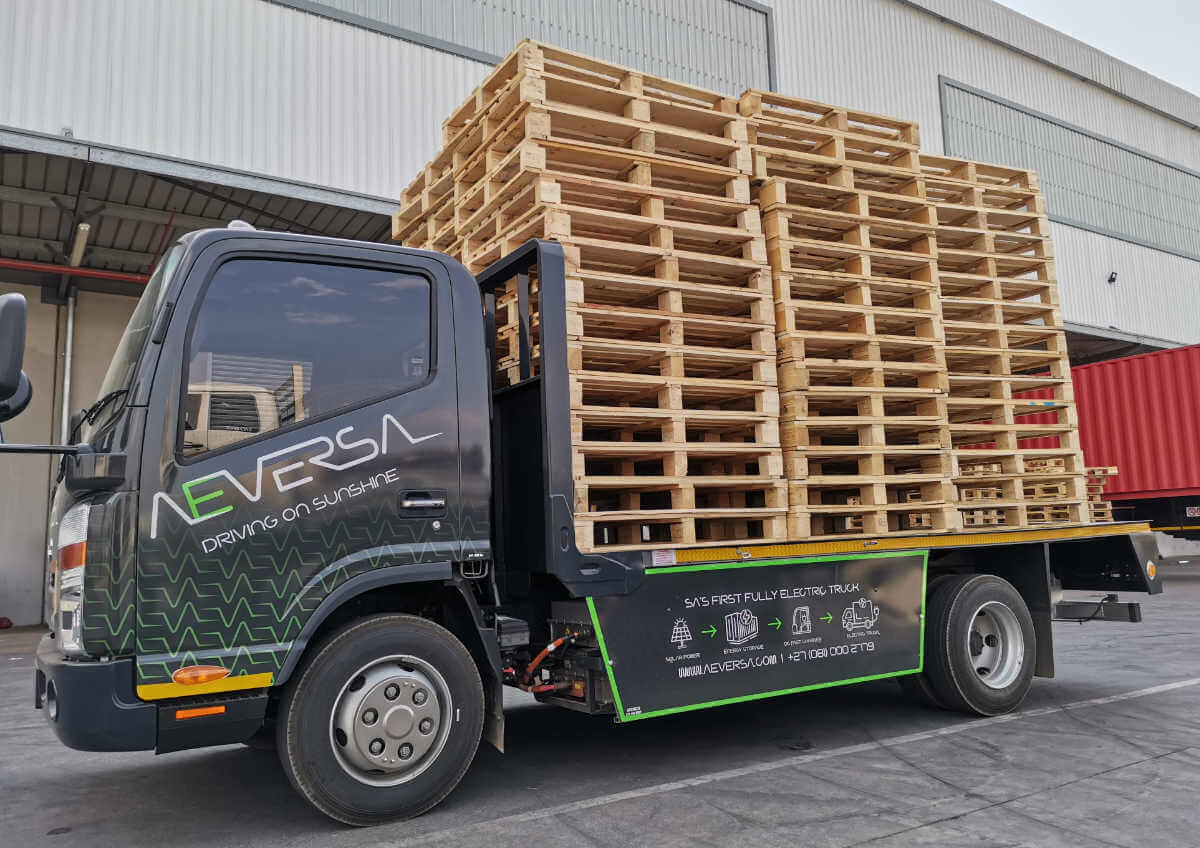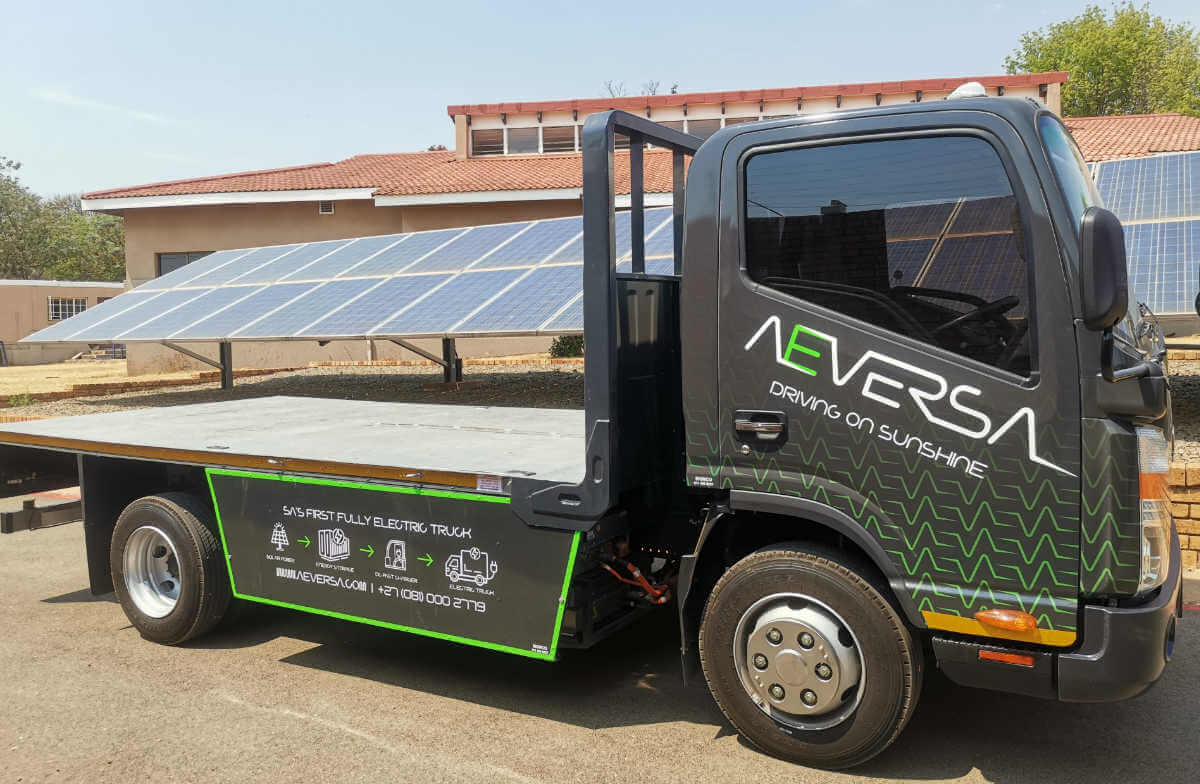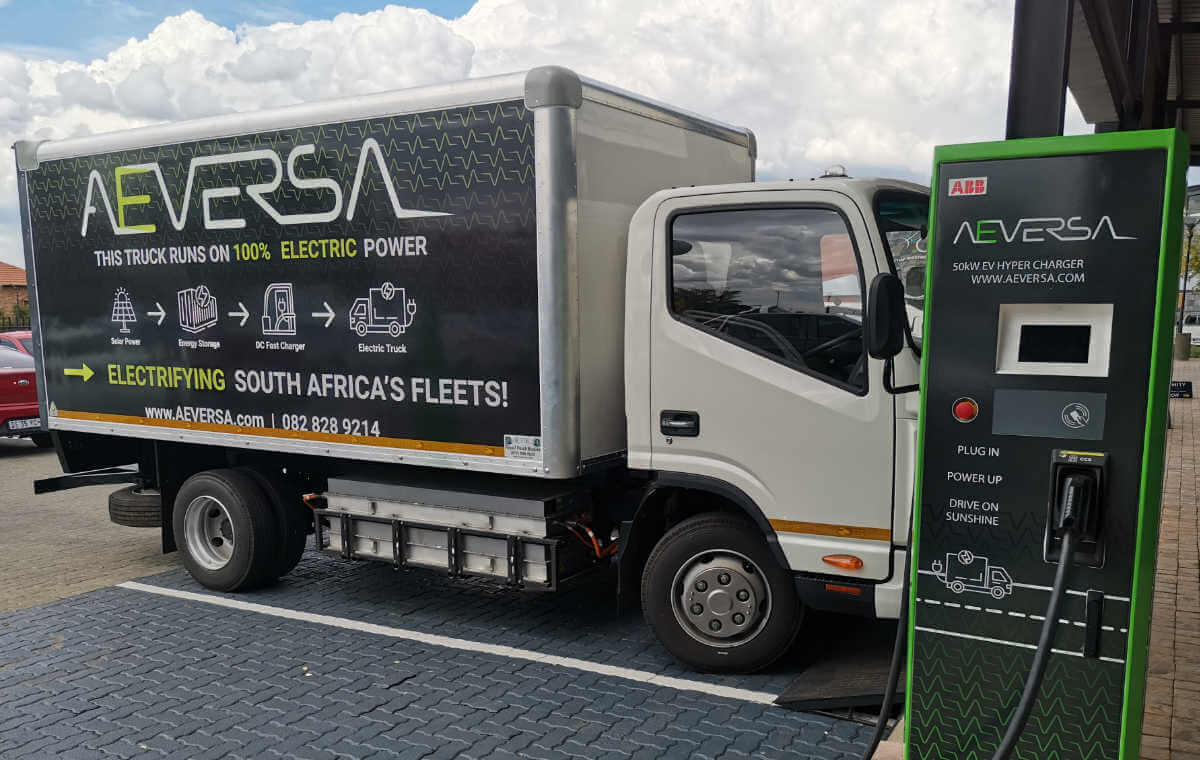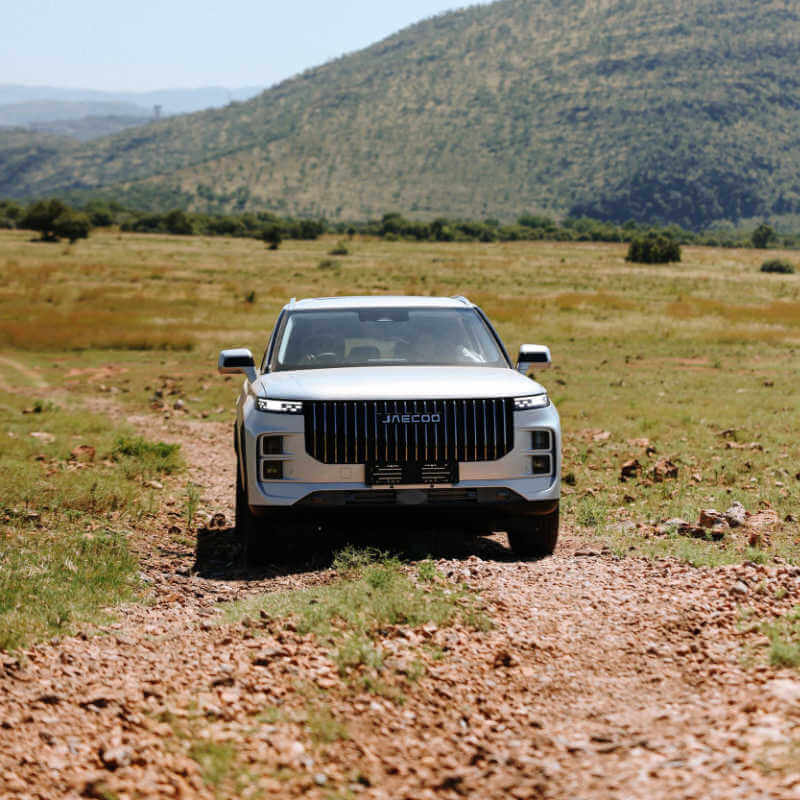AEVERSA sustainable ECV charging ecosystems
Article by: AEVERSA on QuickPic
Switching a transport fleet to run on electricity involves much more than selecting the right vehicle. Whether testing the waters with one battery-electric vehicle or gearing up for a complete fleet conversion, an ECV (Electric Commercial Vehicle) fleet will need an ecosystem of support built from scratch.
What does an ecosystem entail? AEVERSA’s purpose-built infrastructure has two distinct parts: charging- and monitoring software. The charging infrastructure is powered by solar energy or any alternative energy source and uses stationary energy storage solutions. Using this energy to charge ECV fleets requires remote monitoring software that optimises energy consumption, checks in on vehicle maintenance, and even determines charging times.
Rick Franz, CEO of AEVERSA and Director at Palletmen, remarked that he became fixated with the ever-increasing cost of conventional ICE (Internal Combustion Engine) trucks, even with his company only moving lightweight but bulky cargo.
The outlook of constant fuel price increases and the transport sector causing almost a quarter of the world’s energy-related carbon dioxide emissions led to the founding of AEVERSA (Applied Electric Vehicle Energy Reticulation Systems Africa). The company aims to accelerate the transition of traditional ICE transport fleets into electric-powered fleets.
The arrival of the company’s first JAC N55 EV battery-electric truck on local shores in June 2021 saw the installation of AEVERSA’s first smart charging ecosystem at Palletmen, aimed at supporting the charging of their EV truck as part of its delivery fleet.
“To verify our research into new-energy generation and -storage, we had to develop an ecosystem built on scientific data collected from our new battery-electric truck’s performance and our charging system’s energy production and storage data,” says Franz.
A state-of-the-art energy management software system that collects and processes information in real-time contributed valuable information, assisting the company in identifying the right vehicles for specific duty cycles and the charging infrastructure they will need.
“We have learnt that a conversion plan needs to be forward-thinking. It should consider the number of vehicles, dedicated charging infrastructure, site layouts, the charging plan and future expansion capabilities. It should also include financing some or all elements,” says Franz.
AEVERSA is a turnkey operation that consults the industry on the best ways to convert to battery-electric vehicles. The company offers a “complete solution” from specifying the required vehicles to planning and installing charging infrastructure, solar arrays and stationary energy storage. Its product offering includes an advanced management system, maintenance, and flexible financing options for infrastructure, charging systems and vehicles.
The evaluation to convert to a battery-electric fleet would start with the route. Load, duty cycle, highway versus city driving, climate, truck utilisation and where the truck can be charged are all considerations for determining the best truck and charger type.
Franz highlights that understanding the cost, timing, and charging needs are important to support transport operators’ goals. “You also want to consider short-, medium- and long-term goals. How many trucks will you convert first? How many later? What changes with increased scale?”
When it comes to installing the charging infrastructure, Franz says that “in our experience, it is all about energy and the total cost of ownership. You want your fleet to be powered with clean energy to improve the bottom line. We help control the when and how to charge the trucks to achieve this goal.”
Charging stations must be installed to meet legal requirements. Operators and drivers must be properly trained in related safety matters. In addition, fleet managers would like to use the data generated from the back-end software about vehicle efficiency, tracking and maintenance.
AEVERSA’s advanced management software system monitors the chargers’ state of health. It also tracks which vehicles need to be charged, schedules charge events and manages the charging process around electricity costs.
Regarding the complex process of ecosystem development, Franz recommends looking at the process as developing the best vehicle and charger infrastructure pairing to provide the optimal range.
“Our approach is to support customers in planning and selecting assets. The goal is to find the most cost-effective and viable solution for a fleet’s operation and maintenance. Packaged with a multi-year lease and a maintenance program, we can offer predictable costing over the equipment’s lifespan,” concludes Franz.










